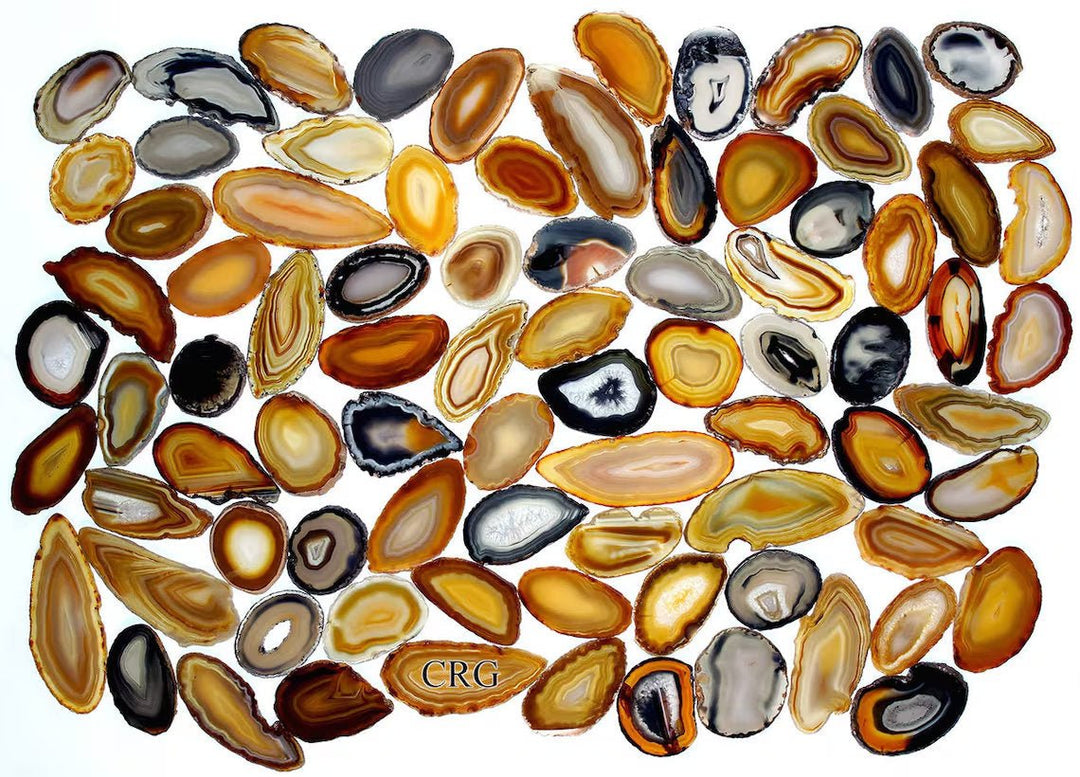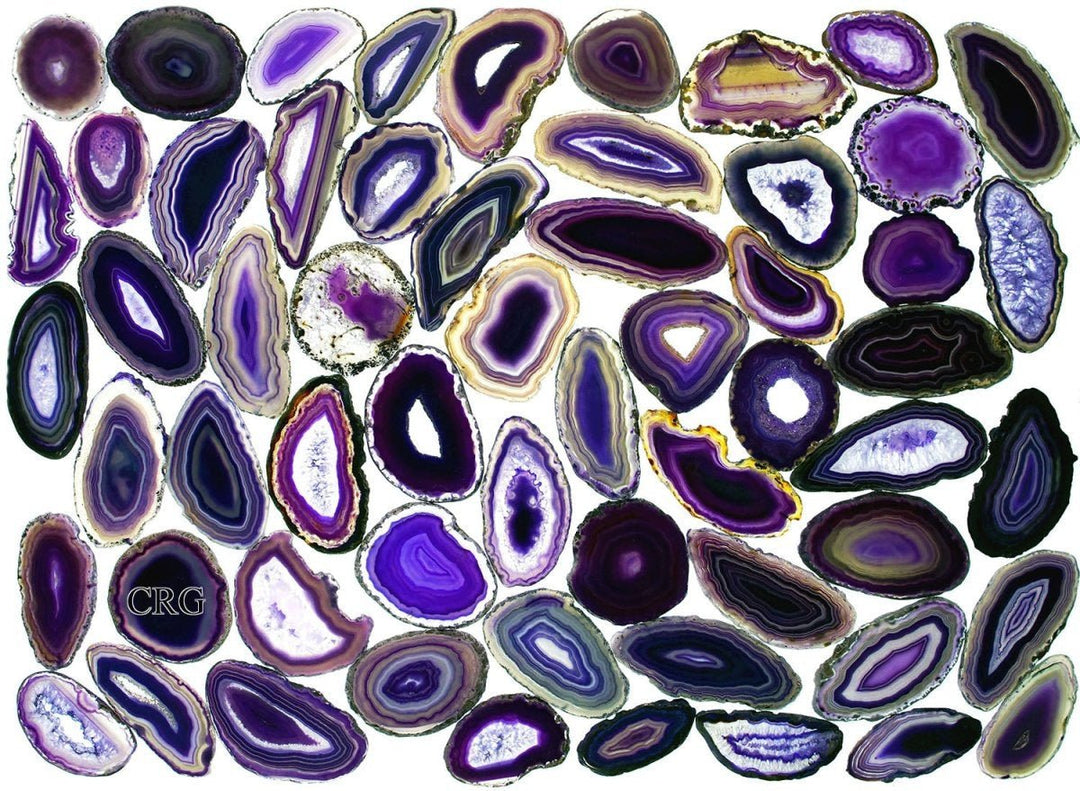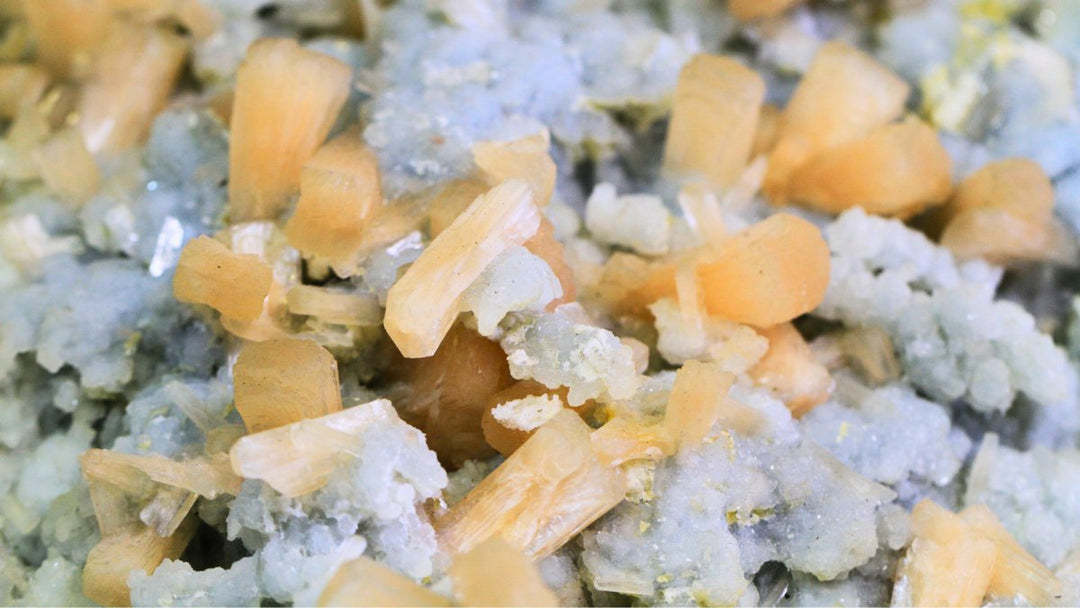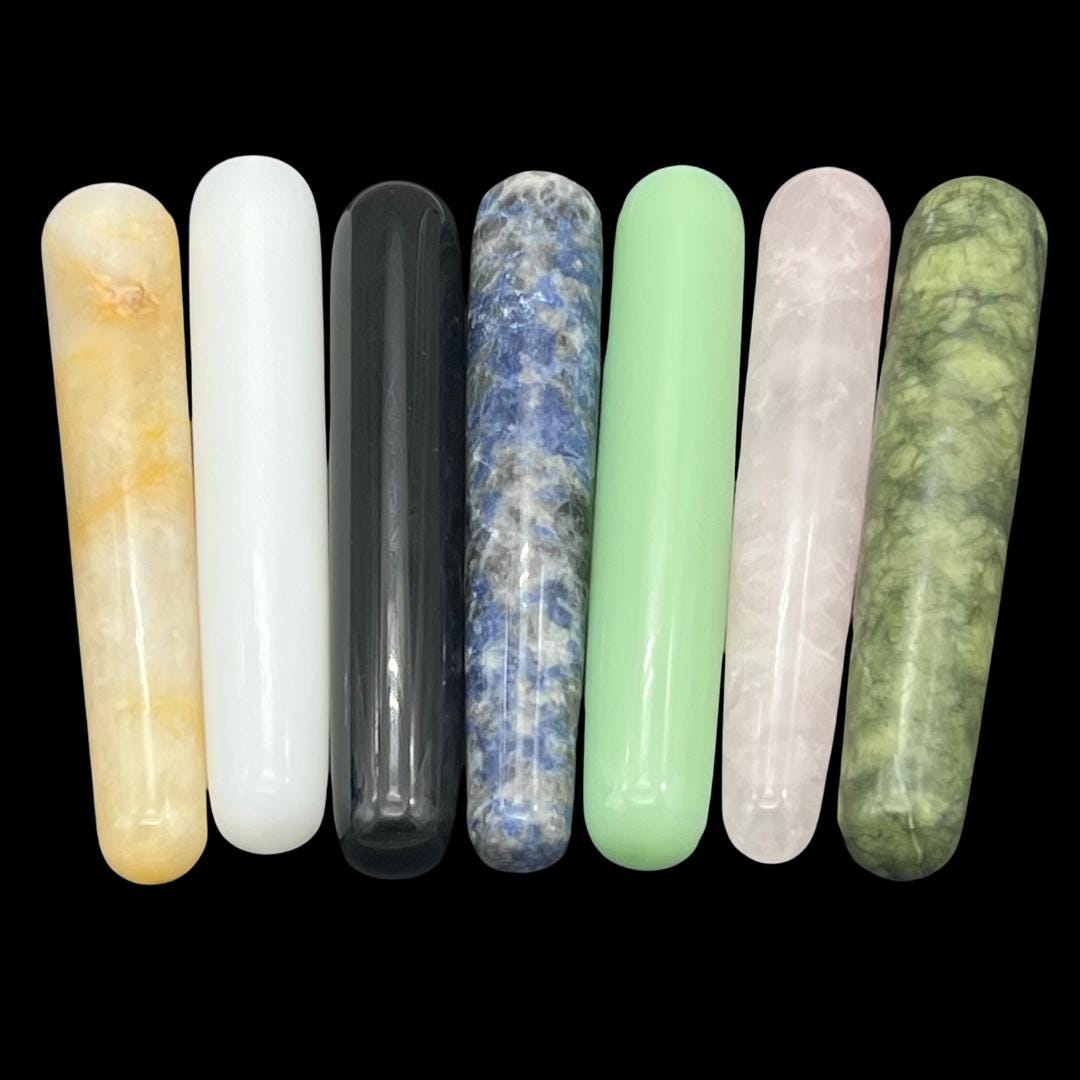Pyrite is often known as “fool’s gold,” but we beg to differ with the implication that it is a crystal for fools! Instead, pyrite is a fascinating and important substance all its own; its properties, formation, and multiple uses are well worth a closer look. Here we'll give an overview of pyrite (we'll even explain how to distinguish it from gold!) and outline an astonishing new scientific discovery starring this beautiful crystal.

Properties of Pyrite
Pyrite is a brass-yellow mineral that has a bright metallic luster and a chemical composition of iron sulfide (FeS2). It is the most common sulfide mineral on the planet. Its name comes from the Greek word “pyr,” meaning “fire.” Pyrite was given this name because when it is struck against metal or another hard material, it can create sparks needed for building a fire. In fact, small pieces of pyrite have been used in flintlock firearms because of its spark-producing capabilities.
The nickname “fool’s gold” came from its resemblance, naturally, to gold. Pyrite bears a golden color, a metallic luster, and a high specific gravity, all of which make it easily mistaken for gold by inexperienced prospectors. Even more confusing is that pyrite is often associated with gold, meaning the two minerals often form together, and sometimes pyrite deposits actually contain gold mixed together with the pyrite.
So how does one differentiate between pyrite and gold? We’ll go into a little more detail about the physical properties of pyrite before we tackle gold. In addition to pyrite's brass-yellow color, its metallic luster, and its high specific gravity, this sulfide mineral is also harder than other yellow metallic minerals. Its streak is back, often with a tinge of green. It is usually found in well-formed, angular crystals in cubes, octahedrons, or pyritohedrons (which are often heavily striated).
By contrast, gold is extremely soft and will bend or dent without much pressure. It is often found in bodies of water wherein the running water smooths out its sharp edges. Gold is never striated and has more of a “true” golden-yellow color as opposed to brass-yellow. It also leaves a yellow streak instead of a greenish black one, and it is non-ferrous (not magnetic) while pyrite is magnetic. Finally, there is a difference in smell between the two minerals. Pyrite stinks like rotten eggs when rubbed with an abrasive object, but gold has no odor at all. The first image directly below shows what pyrite looks like; the second one shows gold.


How Does Pyrite Form?
The reason pyrite is so abundant on Earth is because of the variety of geological environments in which it can form. It forms at high and low temperatures and occurs in all types of rock worldwide, whether igneous, metamorphic, or sedimentary. Its formation usually happens in environments with low oxygen levels, high sulfur content, and abundant iron. Here are the main processes that create pyrite:
- Hydrothermal processes: Pyrite forms when hydrothermal fluids circulate through fractures in rocks. These fluids cool and react with the rock, causing pyrite to precipitate from the solution.
- Sedimentary processes: Pyrite forms in sedimentary environments like marine sediments or coal deposits. As organic matter in sediments decays, it can release sulfur that reacts with iron minerals to form pyrite.
- Metamorphic processes: Pyrite forms during metamorphism (the process of changes in mineralogical, chemical, and textural characteristics of rocks as a result of high pressure and temperature). Existing iron-rich minerals that are subjected to heat and pressure may lead to the formation of pyrite.

Uses of Pyrite
Although pyrite is composed of iron and sulfur, it does not serve as a significant source of either element. This is because there are oxide ores (such as hematite and magnetite) that yield more ample and easily-extracted iron and sulfur. Instead, pyrite is extremely important as an ore of gold. This is due to pyrite’s common association with gold, since they both grow under the same environmental conditions. Some pyrites contain 0.25% gold by weight or more. This might sound like a tiny fraction, but the value of gold is so high that pyrite can be worthwhile to mine.
There is also a new and exciting discovery concerning the extraction of lithium from pyrite. A very recent study led by researchers from West Virginia University discovered that pyrite may be an unexpected source of lithium. This groundbreaking research was detailed at the European Geosciences Union in 2024 and presents an entirely new way for lithium sourcing that could profoundly impact the US mining industry and global economy. Let’s explore why this study is so significant.

Lithium is a critical component in battery production (especially in batteries used in electric vehicles and renewable energy storage systems). The world is seeking to shift away from fossil fuels, so the demand for high-capacity and efficient batteries is skyrocketing. This explains the continued increase in lithium’s value as a resource. If there were a new and abundant source of lithium, the transition away from fossil fuels could accelerate drastically.
Pyrite may be the answer, especially deposits found in the Appalachian basin in the United States. But before we can get too excited, there are a few obstacles to overcome. The exact quantity of lithium that can be extracted is still being investigated. Moreover, though the methods being explored might use less water and create less environmental disturbance than traditional lithium production methods, there is a potential risk of acid drainage problems. This is a common issue with pyrite that can lead to water contamination. Mitigating this risk will require creative containment and treatment strategies and may possibly call for the development of new technologies.
If the extraction of lithium from pyrite is successfully developed, resources from the Appalachian basin may significantly lessen US dependence on lithium imported from Chile, Argentina, and Australia. This change would alter global lithium trade dynamics as a whole. It may stabilize prices and supply chains as global demand continues to grow. Further, a domestic lithium supply could be extremely beneficial for the Appalachian region in the US, which historically has borne the brunt of the decline of traditional industries like coal mining.

With everything considered, "fool's gold" may not be so foolish after all. It may even pave the road toward a more eco-friendly future. At the very least, its role in the mining of gold should not be understated, and it is undeniably attractive to the eye. We with magpie-brains love pyrite no matter what; we scoop it up so it may gleam and glitter in our collections.









